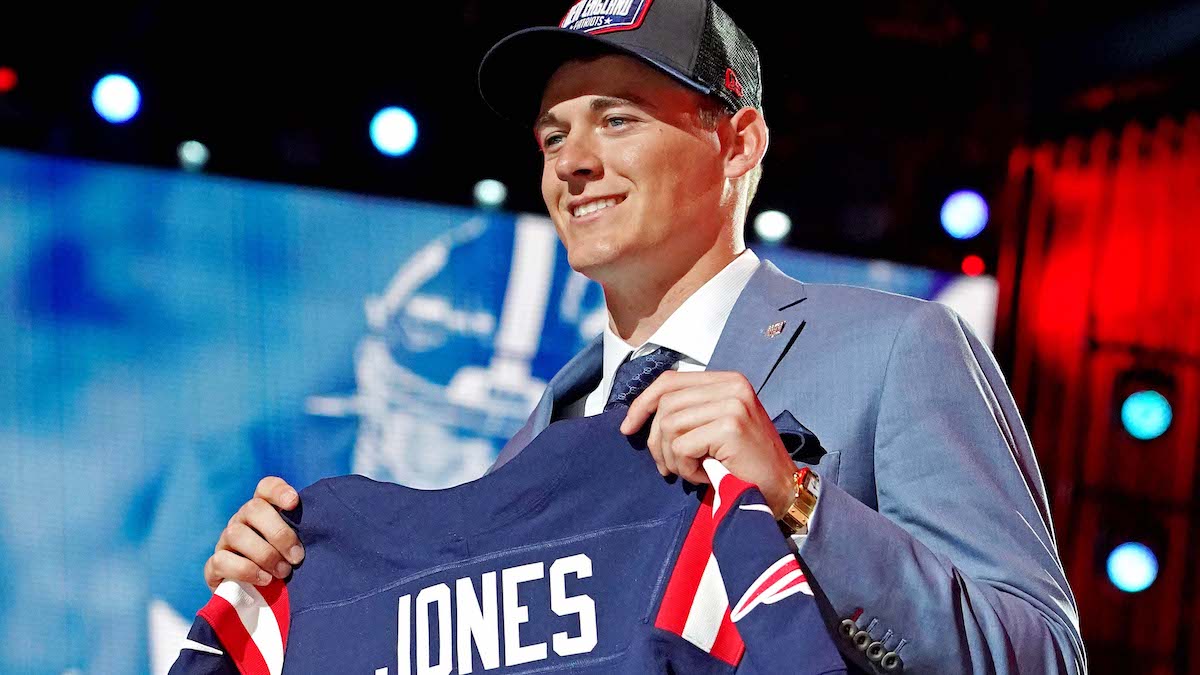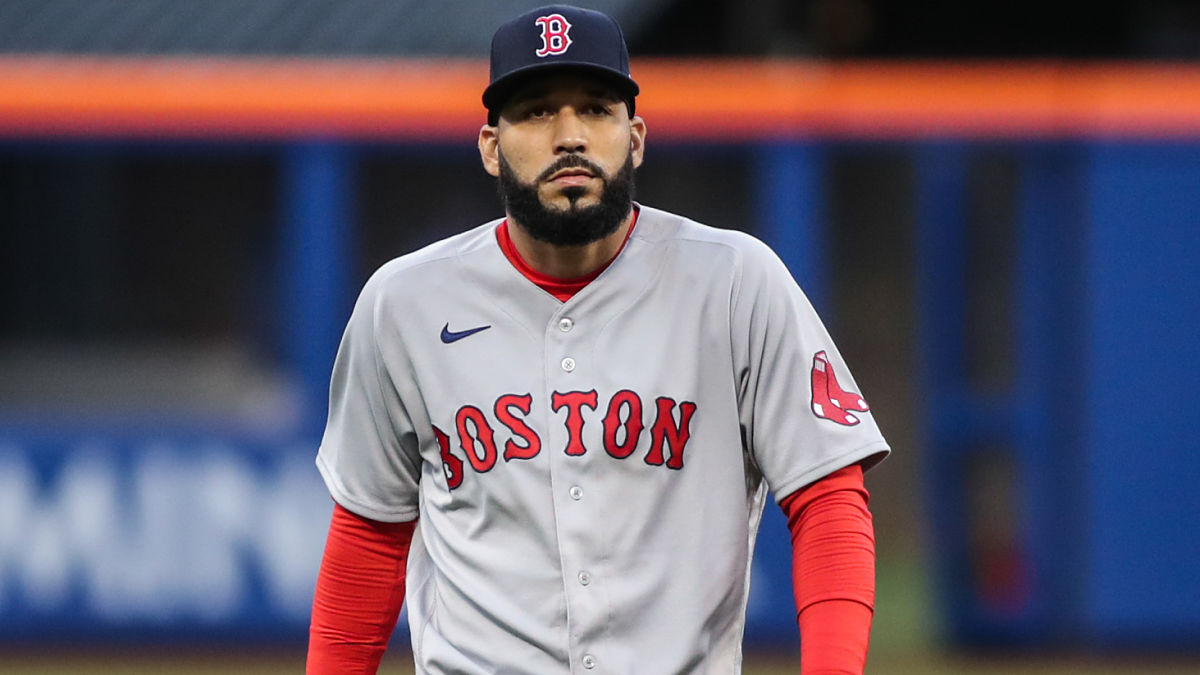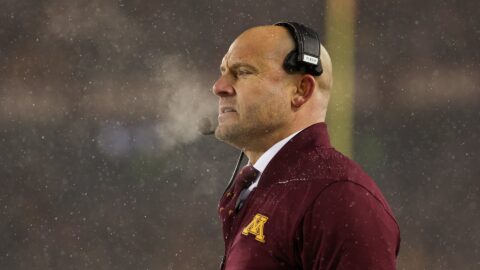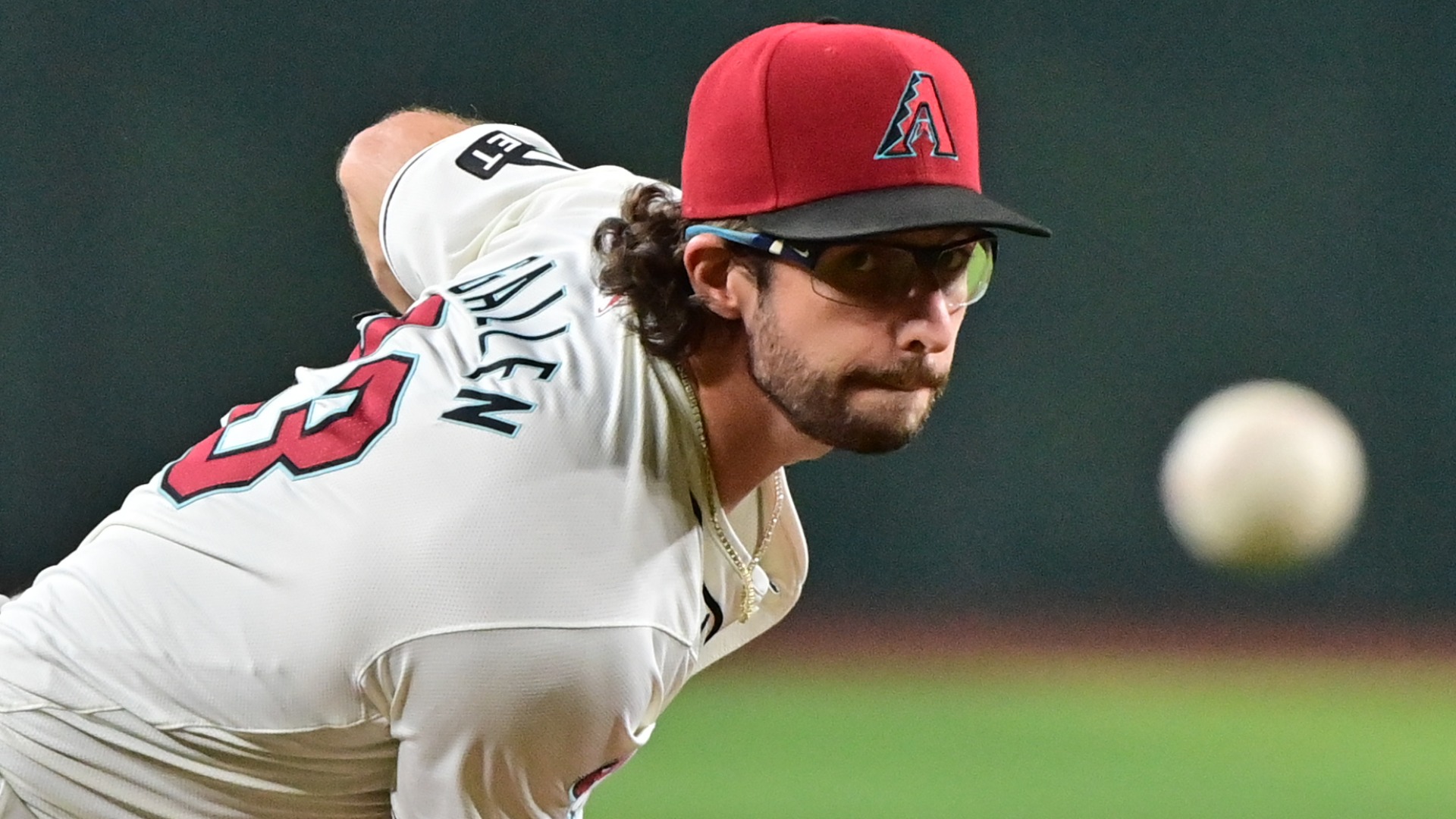The New England Patriots took calculated risks in one of the most unusual NFL draft classes in the event's history.
The talent pool was low in 2021, down to 657 draft-eligible players from 1,932 in 2020. College seasons were shortened or in some cases canceled, and fewer players declared early this spring. So, in order to maximize the value of the 10 picks New England owned entering the draft, the Patriots took massive swings with the potential for home runs (or whiffs). But if even half of these draft picks pan out, then New England is in good shape coming out of the weekend.
Let's analyze the risk, reward and potential value of each pick:
First round, 15th overall: QB Mac Jones, Alabama
Risk: Taking the fifth-best quarterback in a draft class always comes with some degree of uncertainty, and New England used a first-round pick to grab Jones.
That being said, Jones absolutely was the obvious choice at No. 15 overall once the top wide receivers, cornerbacks and offensive linemen were off the board. There are some questions about Jones' arm strength and his mobility, but he was the most accurate passer in college football last season.
Reward: Jones comes with a high floor and a low rookie contract. The rookie QB will sign a four-year, $15.58 million contract with a fifth-year option, as noted by ESPN's Mike Reiss on Sunday morning. Assuming Jones takes over the starting role in either 2021 or 2022, that will allow the Patriots to spend more money to build up the rest of their roster.
Potential value: The Patriots were able to hang back at their 15th overall pick, keep their draft capital and still land a potential franchise quarterback in Jones.
Second round, 38th overall: DT Christian Barmore, Alabama
Risk: There's a reason why Barmore fell from his first-round projection into the beginning of the second round. Barmore only played 747 total defensive snaps in college, and there was some inconsistency within that playing time. Barmore also posted to social media about potentially transferring from Alabama last summer, according to Reiss. Nick Saban praised the young defensive tackle to the press earlier this week, however.
The Patriots also gave up a couple of other fourth-round swings to move up to grab Barmore. With a lighter draft class in general, higher picks were worth more than lower-round selections this year.
Reward: Barmore was the best defensive tackle in the 2021 NFL Draft and has Pro Bowl potential as a three-down defensive lineman. In order to untap that potential, the Patriots will need to put Barmore on the field more than Saban was willing last season. At the very least, Barmore should have a limited role as a rookie either as an early-down run stuffer or third-down pass-rush specialist. He has the potential for much more, however.
Potential value: Barmore was ranked 12th on PFF's final big board but was taken 26 picks later. He was in the top echelon of FBS defensive tackles in pass-rush productivity and run-stop rate.
Third round, 96th overall: EDGE Ronnie Perkins, Oklahoma
Risk: Perkins is another player who was selected later than expected. He ranked 61st on Arif Hasan of The Athletic's consensus big board. There are a couple of reasons why Perkins fell farther than expected.
1. He was suspended six games late in the 2019 season for failing a drug test (reportedly marijuana).
2. That caused him to play just six games in 2020.
3. He didn't test overly well for an undersized edge defender at 6-foot-3, 253 pound with adequate 4.71-second 40-yard dash speed but a below average vertical leap (32 inches) and broad jump (9-feet, 7-inches) and an eighth-percentile 4.69-second short shuttle.
He's on the smaller side, didn't ace his testing and saw limited snaps in his final season at Oklahoma.
Reward: Perkins, like Barmore, is a complete player who jumps off the tape with his aggressiveness and get-off. He looks more athletic than his testing measurements indicate and plays bigger than his size. He also ranked in the upper echelon of edge defenders in pass-rush productivity and run-stop rate.
Potential value: He ranked 43rd on PFF's final big board. The NFL only tests for marijuana for two weeks out of the year, and players are no longer suspended for positive results. The NCAA still cares about weed, but the NFL largely doesn't. If you can grab a player later because he failed a drug test for marijuana, you've probably found yourself a good value.
Fourth round, 120th overall: RB Rhamondre Stevenson, Oklahoma
Risk: Basically, see above. Stevenson was suspended at the same time as Perkins and missed one game in 2019 and five more in 2020. He also didn't test overly well for a running back, ranking in the 24th percentile with his 40-yard dash (4.64 seconds), 16th percentile in the vertical leap (31.5 inches), 13th percentile with his broad jump (9-feet, 4-inches) and 45th percentile in the 3-cone (7.09 seconds).
Stevenson touched the ball less than 200 times in college.
Unlike Perkins, Stevenson is actually oversized for the position at 6-feet, 231 pounds. He impressed with a 4.15-second short shuttle (78th percentile).
Reward: Stevenson is a big back with an interesting set of tools. He can catch out of the backfield and uses quicks and cuts just as much as power to gain extra yards. He has the potential to be a three-down back in the NFL, which is rare to find in the fourth round.
Potential value: Had Stevenson played a full slate in 2020, it's very possible that he would have been drafted higher than the fourth round. There simply wasn't a ton of tape on the former Sooner. And the same theory applies as above with Perkins on Stevenson's failed drug test. It mattered in college. It largely won't in the NFL.
Fifth round, 177th overall: LB Cameron McGrone, Michigan
Risk: The 20-year-old linebacker tore his ACL in November and is questionable to even suit up in his rookie season. He played just 19 games -- starting 15 -- during his college career, declaring for the draft early after his junior season.
Reward: McGrone has the potential to be a starting linebacker in the NFL. He has adequate size at 6-foot-1, 234 pounds and showed impressive instincts, range and closing speed as a two-year starter with the Wolverines. It's rare to find a player who might be a starter by Year 2 in the fifth round, and that's exactly McGrone's potential.
Potential value: Had McGrone stayed healthy, played a full slate of games and tested at his Pro Day, he easily could have been a Day 2 pick. Watching McGrone at Michigan, he probably would have aced his pro day testing and shot up draft boards. The ACL tanked his draft stock, and the Patriots could be reaping the rewards.
Think of McGrone as an early 2022 draft pick. If McGrone had stayed healthy and returned for his senior season, who knows how high he would have been taken in 2022, when he'll still be just 21 years old.
Sixth round, 188th overall: S Joshuah Bledsoe, Missouri
Risk: Bledsoe struggled a bit in man coverage from the slot during his career at Missouri. As a senior, he let up a 111.9 passer rating. He didn't test at his pro day because of a wrist injury.
Reward: A full-time switch to safety could be in order for Bledsoe. He's a sixth-round pick, and if he makes the team and contributes on special teams, then he's probably lived up to his draft value.
Potential value: The Patriots could see a better player with a full-time position switch.
Sixth round, 197th overall: OT William Sherman, Colorado
Risk: Sherman is an undersized offensive tackle who never played a college snap at guard or center. The Patriots likely will at least try Sherman at offensive tackle before moving him inside to guard or center, where he'd likely project on the majority of other NFL rosters.
The lack of experience in those roles makes any move simply a projection.
Reward: Sherman is an impressive athlete for his 6-foot-3, 304-pound frame, and New England has found success keeping or moving undersized offensive lineman at or to offensive tackle.
Potential value: Most NFL teams wouldn't think of keeping Sherman at offensive tackle because he's 6-foot-3 with 33.5-inch arms. He follows in the footsteps of Isaiah Wynn, Michael Onwenu and Jermaine Eluemunor in New England, however.
Seventh round, 242nd overall: WR Tre Nixon, UCF
Risk: Nixon played just four games last season after suffering a dislocated collarbone (ouch) in UCF's first game of the season. He caught just 19 passes for 260 yards with two touchdowns as a senior before entering the draft.
Reward: Nixon was a high recruit and was on an upward trajectory at UCF before the injury. He caught 40 passes for 562 yards with four touchdowns in 2018 and caught 49 passes for 830 yards with seven touchdowns in 2019.
He's a fantastic athlete a 4.44-second 40-yard dash (77th percentile), 10-feet, 6-inch broad jump (78th percentile), 35.5-inch vertical leap (50th percentile), 6.81-second 3-cone drill (73rd percentile) and 4.25-second short shuttle (43rd percentile). He also bench pressed 225 pounds for 18 reps (78th percentile) at just 6-feet, 187 pounds.
Potential value: If Nixon had even replicated his 2019 production with those testing numbers, he might have snuck into Day 2 of the draft.






